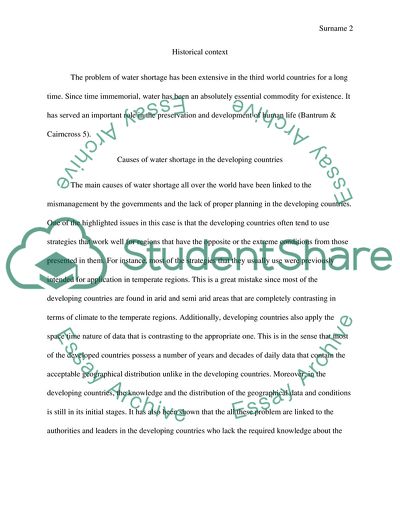Cite this document
(The Causes of Water Shortages in Third World Countries Assignment, n.d.)
The Causes of Water Shortages in Third World Countries Assignment. https://studentshare.org/environmental-studies/1867498-water-shortage
The Causes of Water Shortages in Third World Countries Assignment. https://studentshare.org/environmental-studies/1867498-water-shortage
(The Causes of Water Shortages in Third World Countries Assignment)
The Causes of Water Shortages in Third World Countries Assignment. https://studentshare.org/environmental-studies/1867498-water-shortage.
The Causes of Water Shortages in Third World Countries Assignment. https://studentshare.org/environmental-studies/1867498-water-shortage.
“The Causes of Water Shortages in Third World Countries Assignment”. https://studentshare.org/environmental-studies/1867498-water-shortage.


